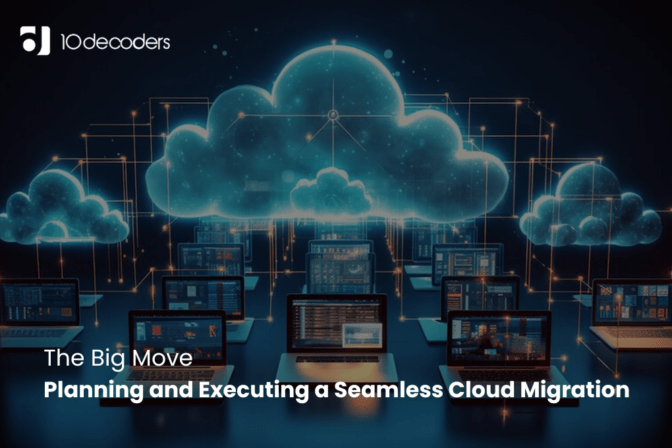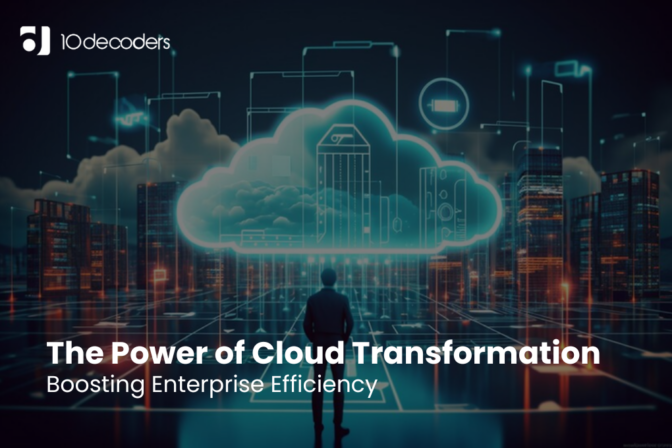We help technology leaders make decisions.
Find resources that help you transition ideas to technology projects.
All Industies
Learn how AI reshapes decision-making in the healthcare industry amidst the challenges & opportunities.
Read more ➞
Can AI revolutionize healthcare decision-making amidst its limitations and challenges? Check it out.
Read more ➞
Can AI revolutionize healthcare decision-making amidst its limitations and challenges? Check it out.
Read more ➞
What strategic approaches can banks employ to meet their data objectives successfully? Find out here.
Read more ➞
What proactive measures are hospitals taking to navigate the complex landscape of rising claim denials?
Read more ➞
Laboratory Information Management Systems (LIMS) play a critical role in modern healthcare operations, facilitating the
Read more ➞
As businesses increasingly recognize the benefits of cloud computing, many are embarking on cloud migration
Read more ➞
In today's dynamic business landscape, where agility and adaptation are paramount, enterprises are continuously seeking
Read more ➞














